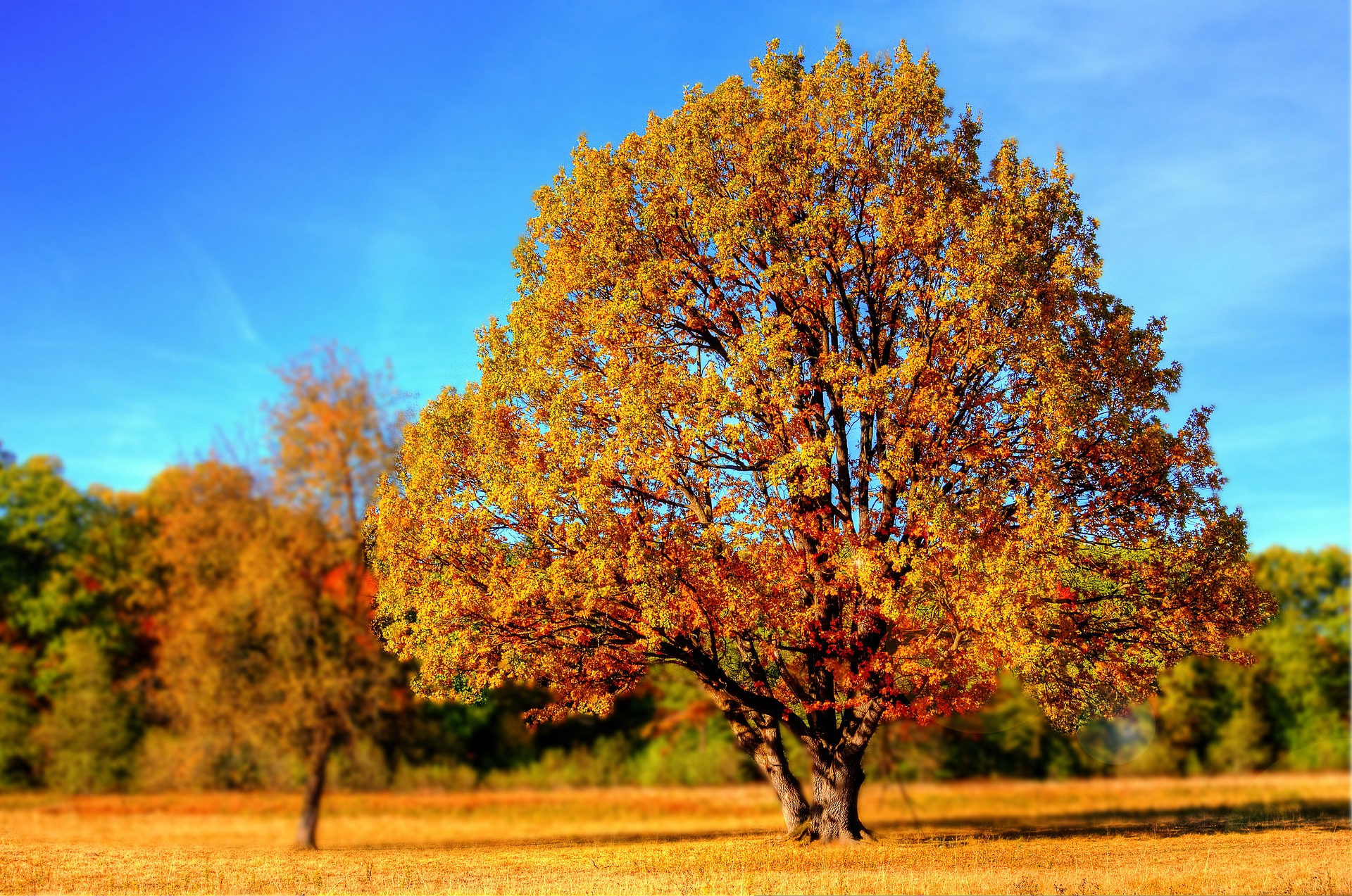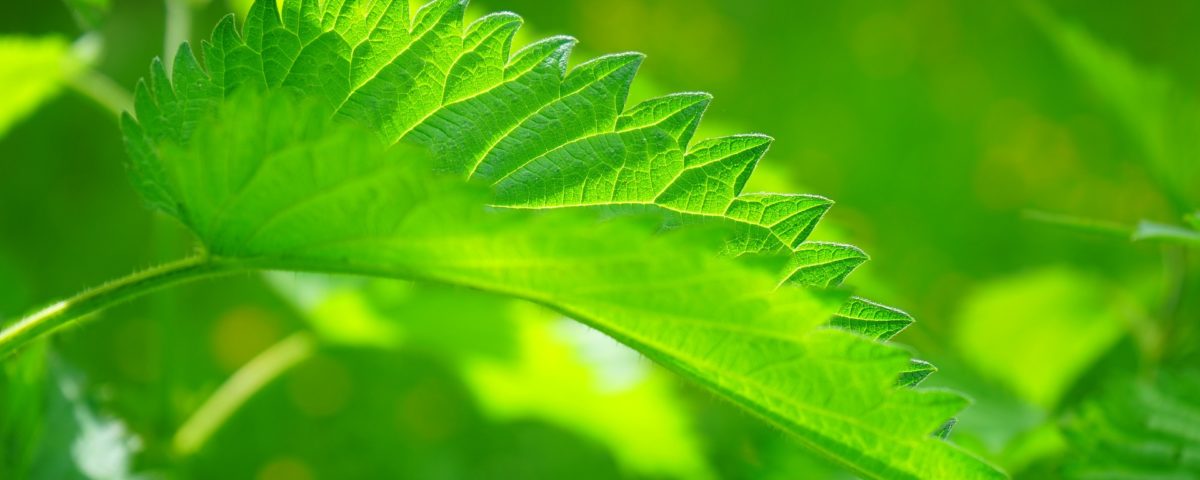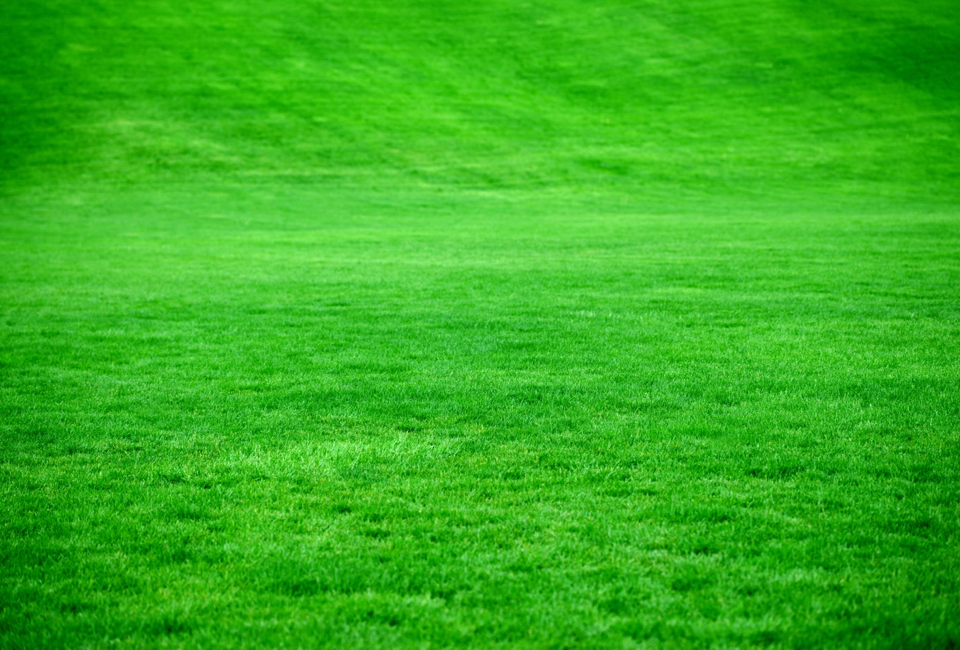
Preventing the Most Common Commercial Landscaping Mistakes
September 12, 2019
Fall Lawn Tips to Keep in Mind
September 12, 2019If you are someone that likes to spend time outside working on your landscaping, it’s important to have a good knowledge-base about all of the different types of plants you can work with. There are tons of different options to choose from, which is why landscaping is such an exciting and interesting endeavor. There’s nothing better than coming home to a beautifully manicured landscape that instantly puts your mind at ease. It’s worth the time and effort it takes to get your landscaping right.
One of the things that often gets overlooked when people are working on their landscaping is whether or not the plants on their property are safe for pets and children. There are actually quite a few commonly used plants that are toxic, which means it’s a good idea to learn a little bit about them to avoid serious safety issues. This is also an important consideration for commercial property owners that have these types of plants in public spaces. You want to promote health and keep the community safe that your property is located in, so make sure you are aware of the potential health risks associated with each type of plants. Below, you will learn about 6 plants that can be toxic for pets and children. Remember that you can always connect with Cal Blend Soils if you are looking for high-quality landscaping supplies or have questions about your landscaping.
1. Peace Lilies
Peace lilies are extremely popular houseplants known for their beauty and low-maintenance. Peace lilies feature dark leaves with white blooms that really can add a nice aesthetic to your landscaping. However, it’s important to remember that even though peace lilies are extremely pleasing to the eye, they are toxic if consumed. If your children or pets decide to take a bite out of a peace lily, they might experience a myriad of reactions. Peace lilies are known to cause adverse reactions whenever they are consumed. However, they won’t put your kids and animals at risk if they touch them. They only cause adverse reactions when they are eaten, so you might be able to include peace lilies on your property so long as they are out of reach.
2. Caladium
Caladiums are plants that are commonly found inside and outside on people’s property. They are also known as “Elephant Ear” and come in a wide variety of colors to choose from. This is a truly beautiful plant that your kids and pets might decide looks good enough to eat. Caladiums are very toxic when consumed and can cause some intense reactions if that occurs. When caladiums are eaten, it can cause diarrhea, vomiting, and swelling. The last thing you want is to have your children or your pets dealing with these terrible symptoms, so make sure you are aware of the risk when planting caladiums on your property. One way to avoid these issues from occurring is to make sure your caladiums are always out of reach from dogs and children.
3. English Ivy
The next toxic plant on our list is English ivy. It’s a very common evergreen groundcover that is used in landscapes all over the country. It can be a beautiful plant to include in your own landscaping plans, but keep in mind that it can be toxic to the touch. If you touch the leaves, you can wind up dealing with dermatitis. Consuming the fruits that grow on the English ivy plant can cause illness and sometimes even result in a coma. Make sure you are always extra cautious when pruning and working with this plant to avoid putting your own health at risk. Make sure your kids know about the risks associated with this plant if you do decide to include it in your landscaping plans. If you have an English ivy plant indoors, watch out for curious cats that like to climb and eat the fruit on top of the plant.
4. Morning Glory
The morning glory plant is beautiful and is known for attracting hummingbirds and bees to your property. However, the seeds of the morning glory plant are poisonous, so you will have to take extra special care when you decide to include them on your property. When consumed, the seeds have a toxic ingredient that causes nausea, diarrhea, and disorientation. If you have morning glory plants on your property, make sure your kids take extra care when playing outside around them. The seeds get released by the seed capsules and can cause toxic reactions if your children or pets decide to snack on them.
5. Devil’s Ivy
This plant has a name that tells you right away that it might be toxic. Devil’s ivy is often used in indoor spaces to add some nice greenery. It’s toxic to eat or lick this leafy vine, so make sure you are taking the necessary precautions when you decide to take this plant home. Touching Devil’s ivy won’t cause any adverse reactions, but if it is consumed you could be dealing with problems like swelling and vomiting. If your kids are particularly adventurous or you have a pet that loves to munch on anything it can find, you might be better off avoiding this vine altogether.
6. Oleander
Oleander plants are commonly found in gardens all over the South. They are actually one of the most poisonous plants you can choose to grow due to the poisonous toxin they produce. It can cause heart problems and even death if it is ingested. You don’t want to touch the sap if you are working on pruning your oleanders, so make sure you wear protective gloves. It’s best to avoid this plant altogether if you have kids that play outside a lot.
We hope this article has helped you learn some of the plants to avoid if you have pets or children. The last thing you want is to put the health of your family at risk with your landscaping decisions.


